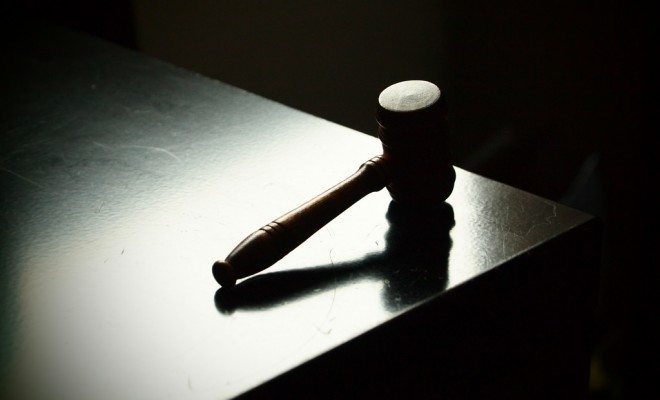 Image courtesy of [beth via Flickr]
Image courtesy of [beth via Flickr]
Crime
Which States are the Most Punitive When it Comes to Crime?
Much of the discussion surrounding the size of the U.S. prison population fails to take into account the role of crime rates. Research has found that certain policies lead to harsher punishments for crimes and that these policies can vary between states. A key example is the use of strict sentencing laws and prosecutors’ growing tendency to seek felony charges for crimes, both of which have been used to explain the massive growth in the number of American prisoners over the past several decades.
Underlying all of this is the idea that certain policies are responsible for high rates of imprisonment, meaning that some states are more punitive than others. But we haven’t been able to measure how exactly this varies between states and what is responsible for the change. A new report from the Pew Charitable Trusts attempts to solve this dilemma. Researchers at Pew created a new calculation called the punishment rate, which looks at the connection between crime rates and incarceration levels to determine which states tend to punish criminals more than others based on the frequency and severity of crime.
Read More: The Punishment Rate: A New Way to Look at the U.S. Prison System
The Pew Charitable Trusts study ranks states based on their punishment rates to see which are the most punitive. The researchers found that as incarceration rates rose dramatically between 1983 and 2013, so too did punishment rates but that increase varied widely among states.
The map below shows the Pew Charitable Trusts’ calculations for the change in punishment rates between 1983 and 2013. Darker red colors indicate a greater positive change.
If reading on mobile, use landscape view for best results or open the map in a new tab.
As the map indicates, Colorado experienced the largest change in its punishment rate between 1983 and 2013, going up 417 percent over the 30-year period. While all states saw their punishment rates increase over this period the increases were more modest in some–in states like North and South Carolina the punishment rate went up by less than 20 percent.
It’s important to note that the punishment rate measure does have its drawbacks, most notably the fact that it can’t account for drug-related imprisonment in its crime rate weighting–meaning that states with strict drug laws but low levels of other crimes are rated as more punitive because such crimes aren’t accounted for in the crime rate statistics. This is because the FBI data used to measure crime rates does not track every crime that can be punished with jail time. The researchers acknowledge this but argue that the measurement still provides insight into the larger trends at play and will hopefully prompt states to take a closer at whether their policies lead to excessive punishment for certain crimes.
While the map above highlights the states that saw the largest changes in their punishment rates, it’s also interesting to look at where each state currently stands. Pew Charitable Trusts ranks each state based on its punishment rate in 2013, the most recent year with the necessary data available. See the chart below for the full rankings by state.
If on reading mobile, use landscape view for best results.
When it comes to the rankings, most states with high punishment rates also have high incarceration rates, meaning that the imprisonment rate is often a good way to determine how punitive many states are. However, the researchers did find several outliers. In their report, the researchers find 17 states whose punishment rate ranking differs from their incarceration rate ranking by more than 10 spots, illustrating a punishment mismatch. They conclude:
Connecticut, New Jersey, New York, Pennsylvania, South Dakota, Vermont, Virginia, West Virginia, Wisconsin and Wyoming each ranked much higher in their punishment rates than in their imprisonment rates. In other words, these states punished crime significantly more than their imprisonment rates show. The opposite was true for Alaska, Arkansas, Georgia, South Carolina, Tennessee, Nevada, and New Mexico.
These findings show that simply looking at the incarceration rates does not provide the full picture when it comes to how punitive a state is. A state may have a high rate of incarceration, but that might also be related to relatively high levels of serious crime. Looking at punishment rates help us understand which states have policies that tend to be more punitive, and hopefully, this will lead policymakers to determine whether such punishments are truly appropriate.








Comments